Water pressure is a crucial factor in the effectiveness of oral irrigators. Selecting the best water pressure for water flossers ensures thorough cleaning while maintaining comfort for users with different oral care needs. This article provides a water pressure selection guide, explores the relationship between water pressure and cleaning effect, and discusses the water pressure adjustment method to help oral care brands develop optimal solutions. https://www.powsmart.com/
The effectiveness of an oral irrigator depends on how well it removes plaque, food debris, and bacteria from the teeth and gums. Water pressure plays a key role in:
Plaque removal efficiency: Higher pressure improves the ability to dislodge particles.
Gum health protection: Excessively high pressure can damage sensitive gums, while lower pressure may be insufficient for deep cleaning.
Comfort and user preference: Users have different tolerances, making adjustability essential.
Choosing the right water pressure depends on various factors, including oral health conditions and personal sensitivity. The recommended pressure ranges are:
| Water Pressure Level | Pressure Range (PSI) | Suitable for |
| Low Pressure | 10-40 PSI | Sensitive gums, first-time users, post-surgery care |
| Medium Pressure | 40-80 PSI | Regular users, effective plaque removal |
| High Pressure | 80-120 PSI | Deep cleaning, orthodontic users, stubborn plaque |
Following a water pressure selection guide helps users determine the appropriate settings for their needs.
The relationship between water pressure and cleaning effect is a balance between power and safety.
Higher water pressure (80-120 PSI): More effective in removing plaque and debris but may cause discomfort for users with sensitive gums.
Lower water pressure (10-40 PSI): Gentle on the gums but may not be strong enough for deep cleaning.
Adjustable pressure settings: Essential for customizing the experience based on the user’s oral health.
By providing multiple pressure settings, manufacturers can cater to a wide range of users while ensuring effective cleaning.
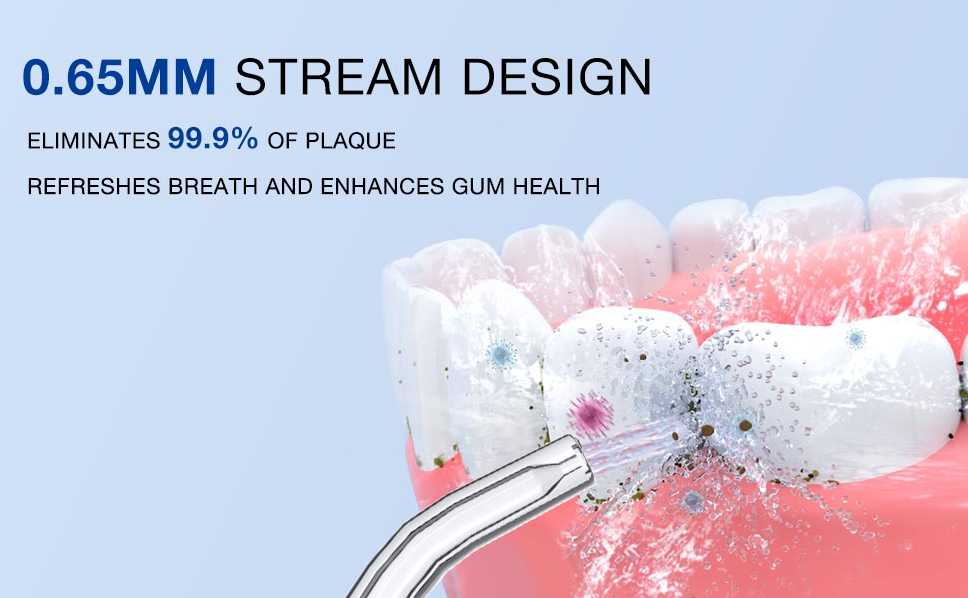
Oral irrigators should feature a user-friendly water pressure adjustment method to accommodate different needs. Common adjustment methods include:
Manual Dial Control: A simple rotating dial to increase or decrease pressure.
Digital Pressure Settings: Allows precise pressure selection through a digital interface.
Smart Adaptive Technology: Automatically adjusts pressure based on gum sensitivity and plaque levels.
Nozzle-Based Adjustments: Some irrigators offer interchangeable nozzles with varied pressure levels.
Providing intuitive controls helps users achieve their desired cleaning effect comfortably and safely.
Incorrect water pressure selection can lead to inefficient cleaning or oral discomfort. Common mistakes include:
Using too high pressure on sensitive gums, leading to irritation.
Choosing too low pressure for deep cleaning, reducing effectiveness.
Failing to adjust pressure settings based on personal needs.
Educating users on proper water pressure selection ensures the best cleaning performance and user satisfaction.
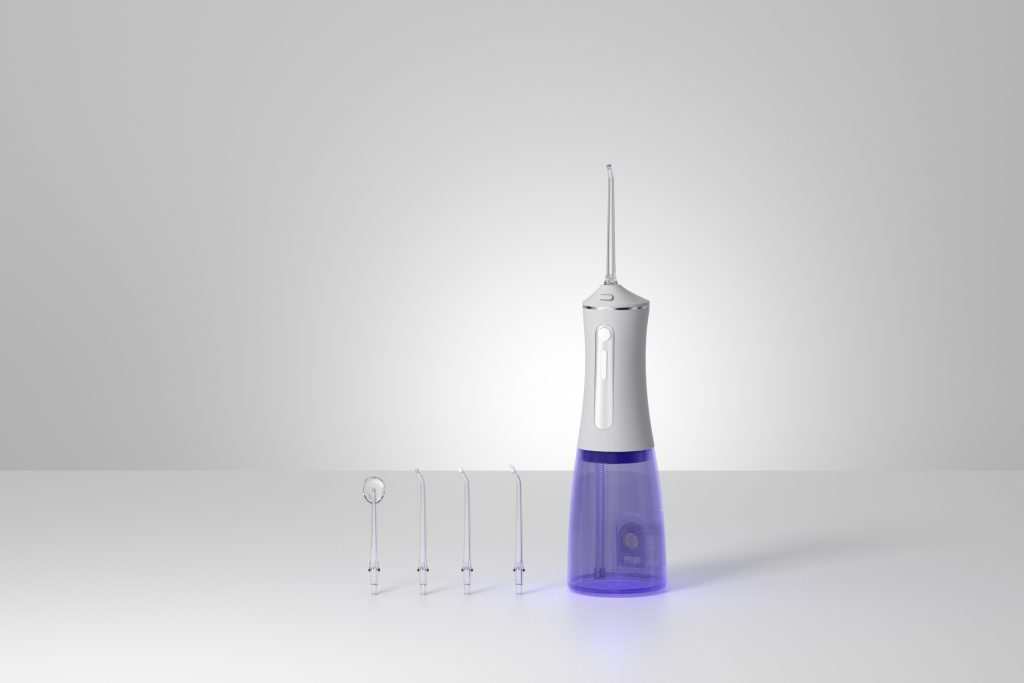
Selecting the best water pressure for water flossers is key to maximizing cleaning efficiency while ensuring comfort. By following a water pressure selection guide, understanding the impact of water pressure and cleaning effect, and using the right water pressure adjustment method, water flosser brands can create high-quality oral irrigators that meet diverse user needs. Offering adjustable pressure settings and smart adaptation technologies will further enhance the usability and effectiveness of oral irrigators in the market. Contact Powsmart if you’re interested in customizing your own branded oral irrigators.https://www.powsmart.com/contact-us/
sensitive gum care electric toothbrush supplier
USB-C Rechargeable Sonic Toothbrush | Modern Oral Care Technology
Smart Toothbrush with Bluetooth Bulk
Austin Eco Toothbrush: Sustainable Oral Care from Factory to Home
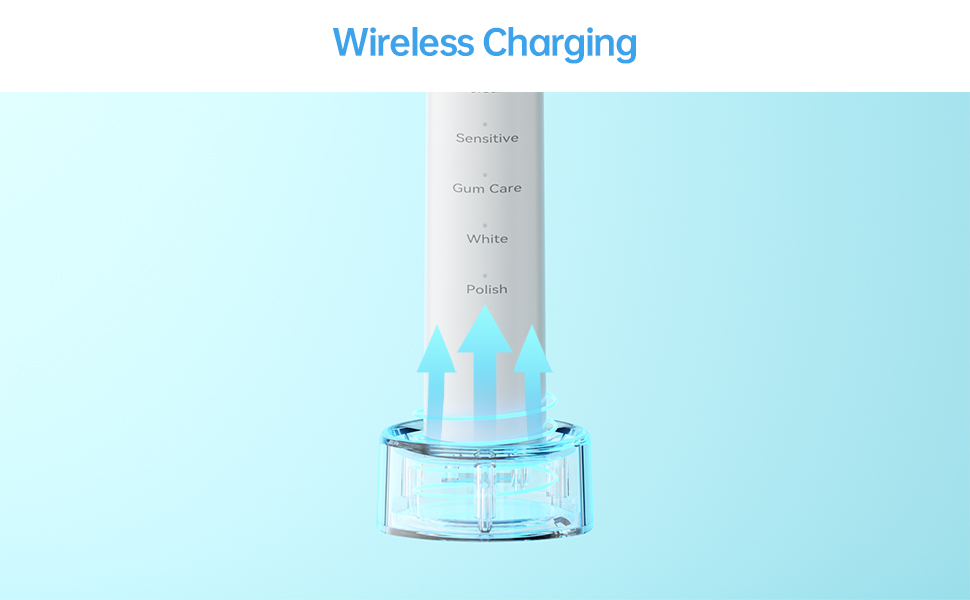
Electric Toothbrush Charging Dock OEM: Stylish and Functional Accessories

How Does Electric Toothbrush Recycling Work in Seattle?

Analyzing Oral-B Style Handle Technology: A Cost-Benefit Guide for OEM Brands

Maintenance tips for electric toothbrushes
How to Prevent Water Discoloration and Microbial Growth?
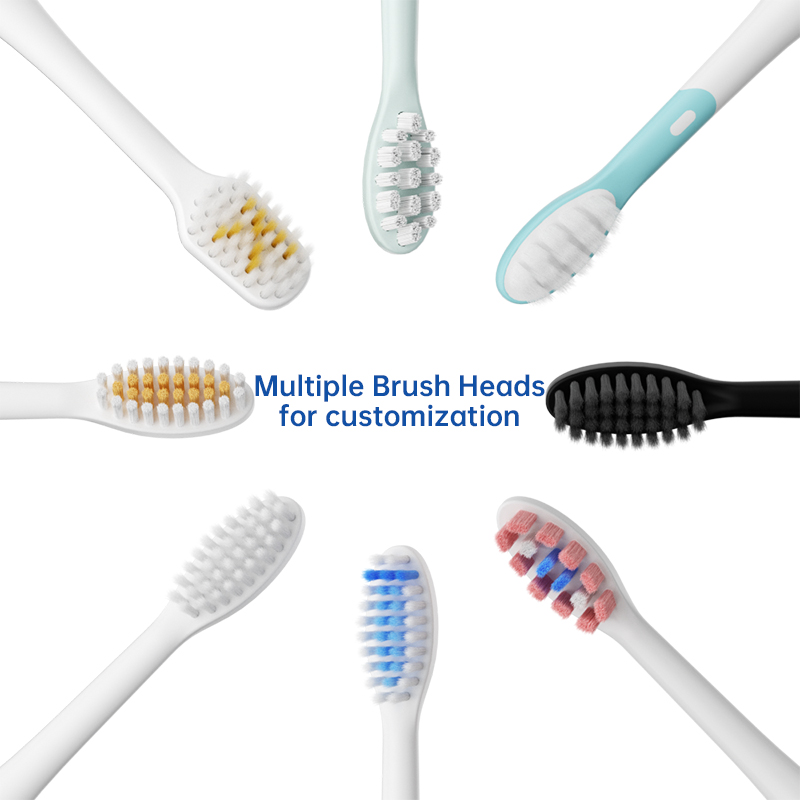
How Could Electric Toothbrush Brands Stand Out Through Bristle Quality?
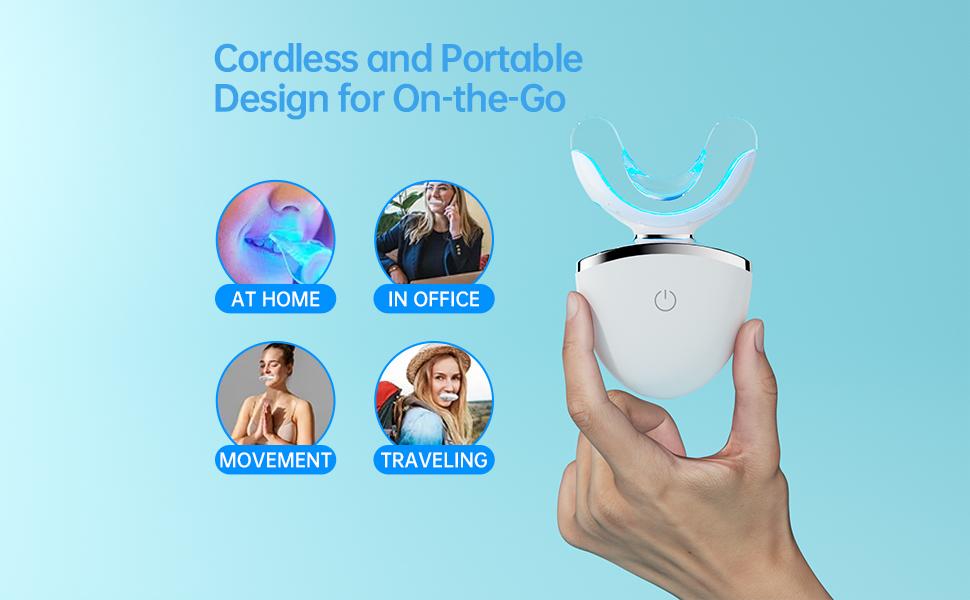
How Does a Toothbrush Packaging Supplier Enable Custom Logo Packaging for Brand Identity?

Electric Toothbrush Factory Customization Service Case Sharing: Successful Brand Customization Experience
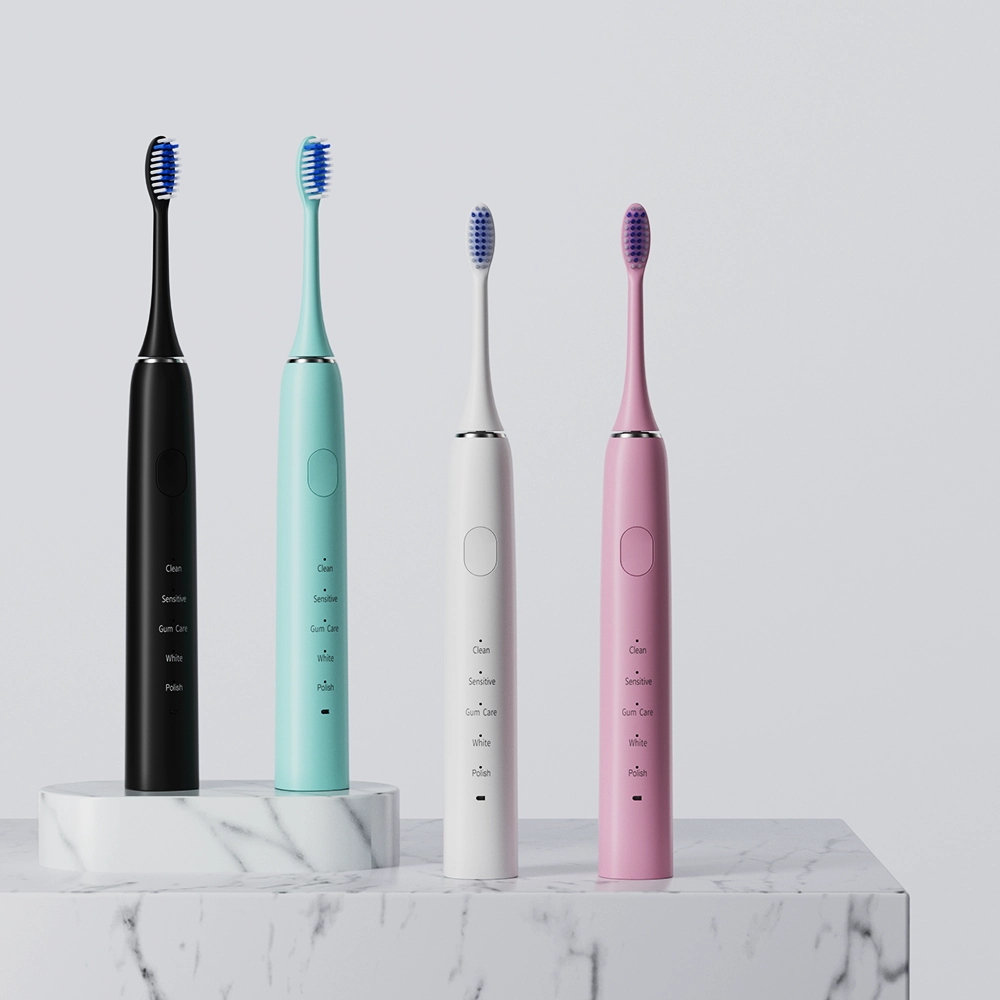
Electric toothbrush factory digital transformation path

Oral Irrigators That Can Replace Dental Floss Are So Useful! 5 Common Misunderstandings About Using Them
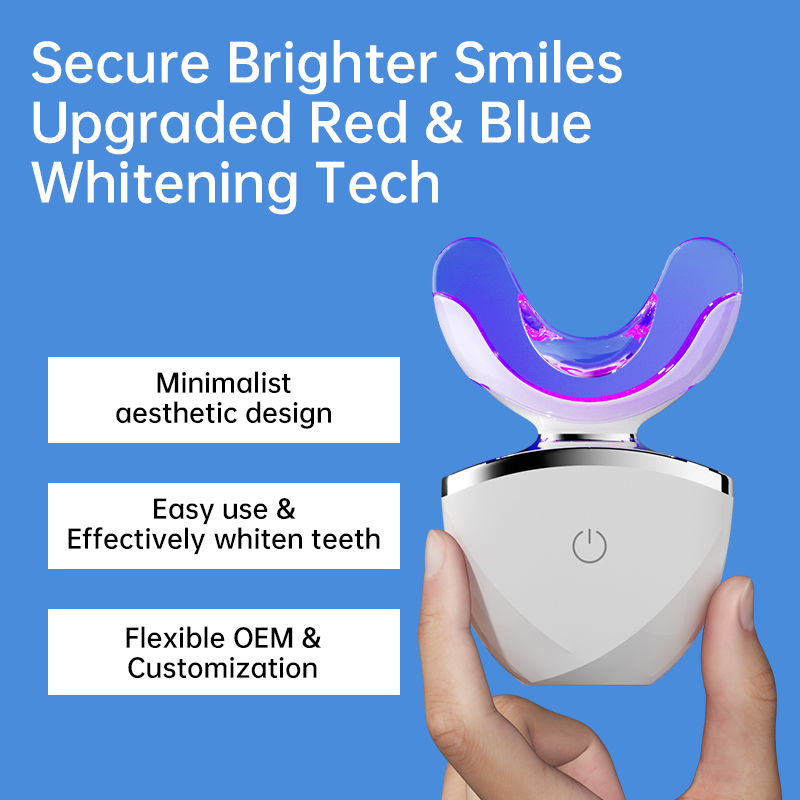
OEM Affordable Teeth Whitening Products at Home: Expanding Your Market Reach
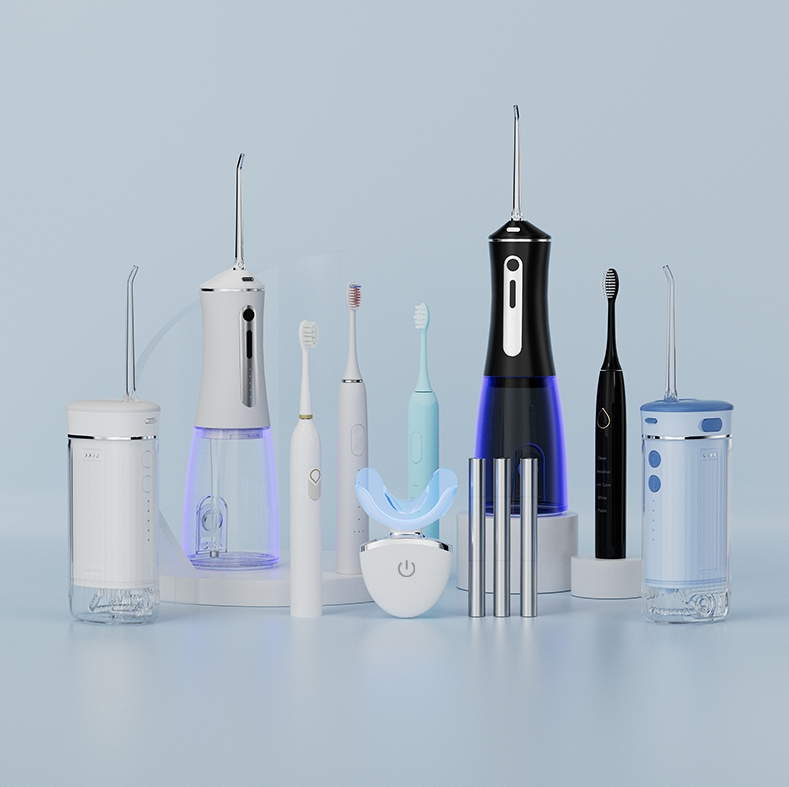
Guide for Oral Care Brands Seeking San Diego Water Flosser & Toothbrush Combo Custom Kits Suppliers

Customization Teeth Whitening Gel

electric toothbrush heads Ultra Soft

electric toothbrush heads Deep Clean

Private Label Whitening Gel

electric toothbrush heads Regular Clean

Electric toothbrush heads Charcoal Infused-Diamond

electric toothbrush heads Charcoal Infuse-Round
.jpg)
Florida Electric Toothbrush – Powsmart PTR-C8
whstapp
whstapp
National Toll-Free Service Hotline
+86 755 86238638